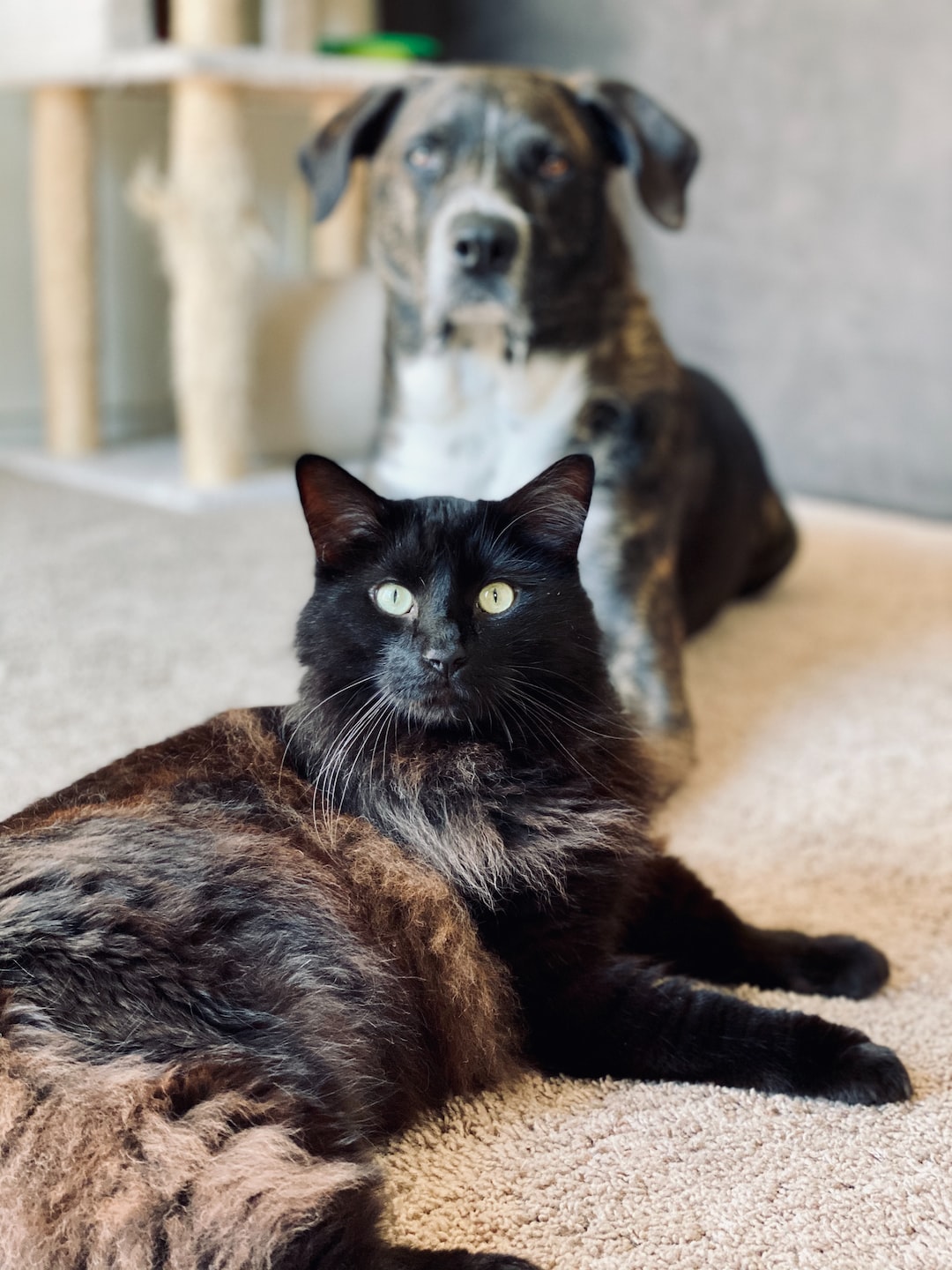
Understanding the Basics of Cat Nutrition: What to Feed and What to Avoid
Share0Understanding the Basics of Cat Nutrition: What to Feed and What to Avoid
Cats are wonderful creatures that bring joy and companionship to our lives. As responsible pet owners, it is essential to understand their nutritional needs and provide them with a balanced diet. In this blog post, we will explore the basics of cat nutrition, what to feed them, and what to avoid.
Cats are obligate carnivores, which means their bodies require specific nutrients found in animal tissues to thrive. Feeding them a biologically appropriate diet that mimics their natural diet is crucial to their overall health and well-being. So, what should you feed your feline friend?
1. High-Quality Commercial Cat Food: Choosing a high-quality commercial cat food that is specifically formulated to meet the nutritional requirements of cats is an excellent option. Look for brands that contain real meat as the main ingredient, not fillers or by-products. Avoid foods that are high in grains and carbohydrates, as cats are not designed to digest them efficiently.
2. Wet Food: Wet food is an important part of a cat’s diet, as it provides hydration and helps prevent urinary tract problems. Wet food also closely resembles the moisture content of prey, making it easier for cats to digest. Including wet food in your cat’s diet can help prevent dehydration and promote kidney health.
3. Raw Food: Some cat owners choose to feed their pets a raw food diet, which consists of raw meat, organs, and bones. Advocates of raw feeding believe it closely mimics a cat’s natural diet and enhances their overall health. However, it is essential to consult with a veterinarian and follow food safety guidelines if opting for a raw food diet.
4. Homemade Food: Preparing homemade food for your cat can be an alternative to commercial options. However, it requires careful research and planning to ensure that all essential nutrients are included. Some cats may have specific dietary requirements or health conditions that necessitate a homemade diet, so it is advisable to consult with a veterinarian or feline nutritionist before embarking on this option.
While knowing what to feed your cat is crucial, understanding what to avoid is equally important to maintain their well-being. Here are some foods to keep away from your feline friend:
1. Onions and Garlic: These common kitchen ingredients contain compounds that can cause damage to a cat’s red blood cells, leading to anemia. As such, it is important to keep all forms of onions and garlic away from your cat’s reach.
2. Chocolate and Caffeine: Chocolate and caffeine contain theobromine, a substance that is toxic to cats. Ingesting even a small amount can cause various symptoms, such as increased heart rate, hyperactivity, and, in severe cases, seizures or even death. Ensure these substances are always stored away from your cat.
3. Milk and Dairy Products: Contrary to popular belief, cats are lactose intolerant. Feeding them milk and dairy products can lead to digestive upset, including diarrhea. Opt for lactose-free alternatives if you want to introduce some variety into their diet.
4. Alcohol: Never allow your cat to ingest alcohol in any form. Alcohol consumption can lead to neurological and respiratory depression, and even a small amount can be fatal for cats.
Remember, the key to providing a balanced diet for your cat is to focus on their specific nutritional needs. Always consult with a veterinarian for guidance, particularly if your cat has any health conditions or specific dietary requirements.
In conclusion, understanding the basics of cat nutrition is essential for the health and well-being of your feline companion. Feeding them a high-quality commercial cat food, incorporating wet food, and considering options like raw or homemade diets are ways to provide a well-balanced and nutritious diet. Equally important is knowing what foods to avoid, such as onions, garlic, chocolate, caffeine, dairy, and alcohol. By prioritizing your cat’s nutritional needs, you are ensuring a long and happy life for your beloved pet.
